“If Greeny was broccoli then Sunny is mango”: Kirk Hammett is selling a 1960 Gibson Les Paul that ranks among the finest ever made – he reveals how it compares to his most famous ’Burst
Fame, flame and punchy tone – meet the ’Burst that has it all. And it’s yours for $500,000...
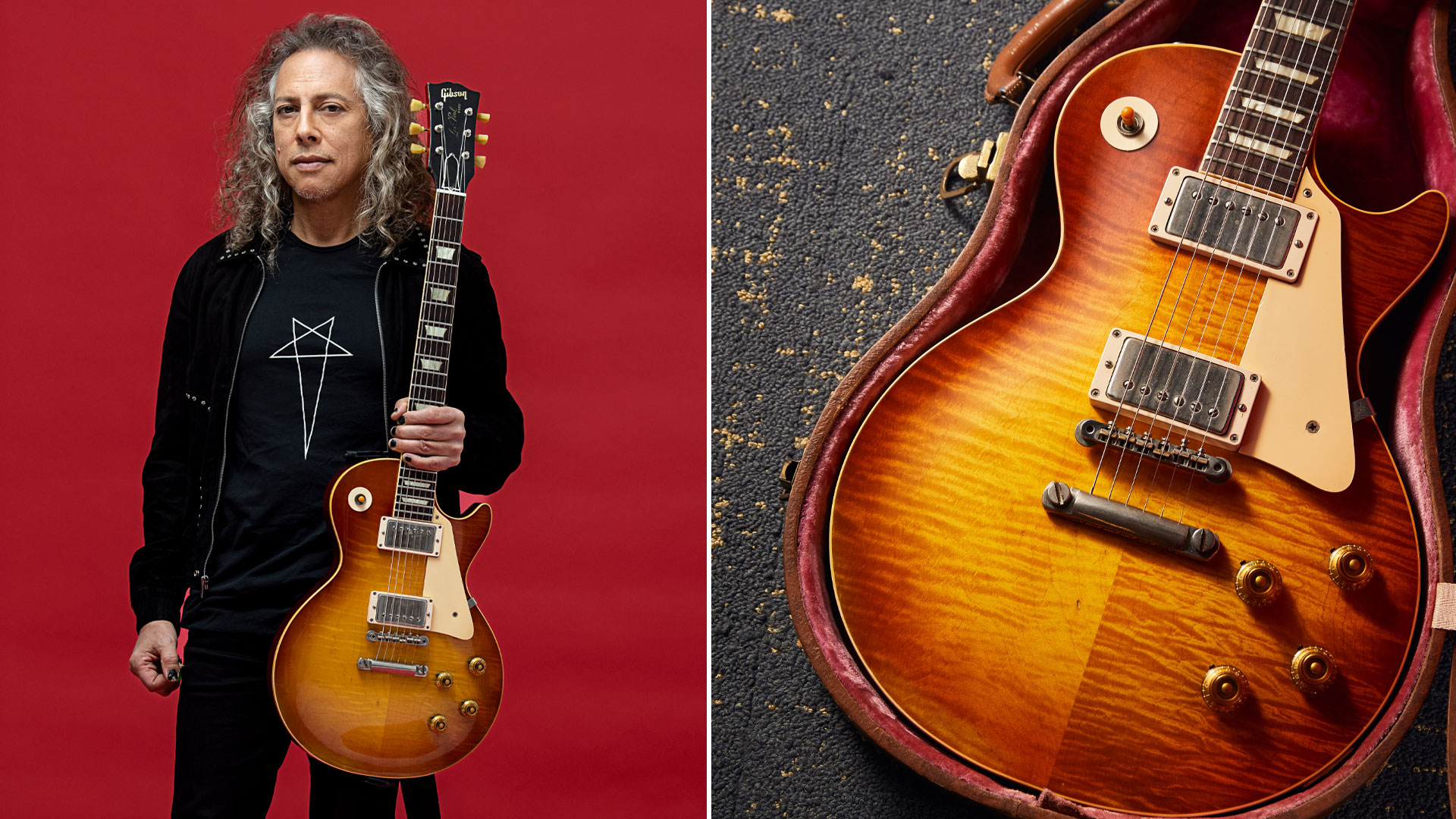
There are things vintage guitar collectors look for when valuing an instrument. The model, the year and its condition are the big ones, obviously, but after that there’s playability, provenance, scarcity, celebrity associations and, of course, its looks.
Occasionally, an electric guitar will surface on the market that satisfies all of those criteria – and that’s when prices start to head north. This is the case with the instrument that is currently occupying pride of place on Gibson’s Certified Vintage shelves: Kirk Hammett’s 1960 Gibson Les Paul Standard – nicknamed ‘Sunny’.
Indeed, Sunny is so exclusive that Gibson has not displayed a price online. However, Guitar World is told “the ask” on the guitar is $500,000.
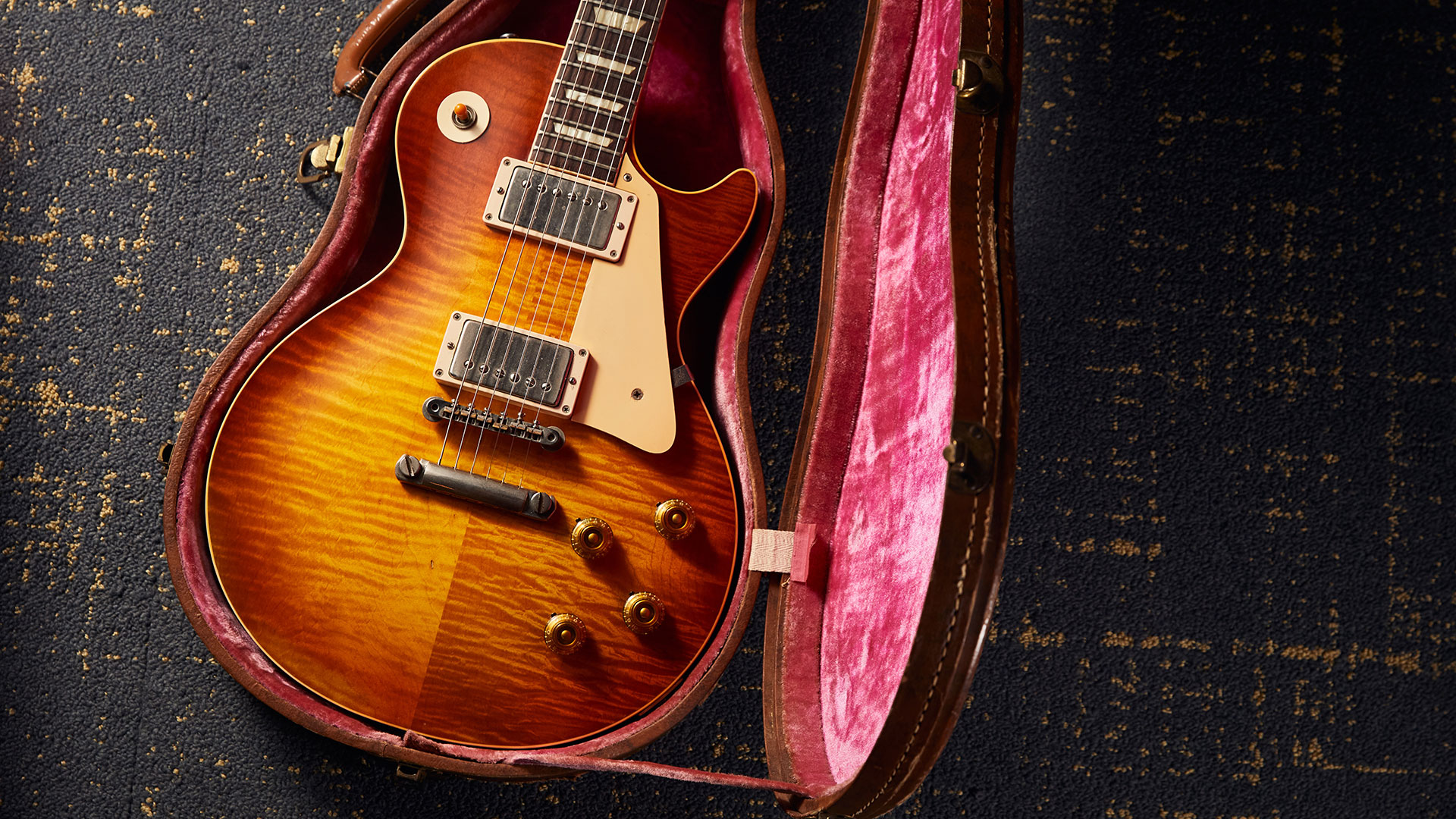
How did we get there? Well, if you’re unfamiliar with Certified Vintage, it’s essentially a deluxe ‘approved used’ program that packages up some of the rarest vintage and NOS guitars from the Gibson stable, alongside a rubber stamped certificate of authenticity and a new lifetime warranty.
The program, pitched as an industry first, is the brainchild of Gibson’s Head of Brand Experience Mark Agnesi – the former manager of Norm’s Rare Guitars and the mind behind much of the brand’s consumer facing activities, including the Gibson Garage and Gibson TV.
Sunny appears to be in stunning shape and the flame on that maple top is hard to rival – even among other ’Bursts
“Sunny is just an incredible guitar,” comments Agnesi. “An incredible piece of history and, as a guitar collector, it's really got everything that someone who is going to be dropping a lot of money to buy a ’Burst could possibly want, you know?
“It’s got a massive top, it’s got great color, it’s in [revered ’90s collector book] The Beauty of the ’Burst and it’s got a major rock star celebrity owner… all wrapped up into one guitar.”
Get The Pick Newsletter
All the latest guitar news, interviews, lessons, reviews, deals and more, direct to your inbox!
Aesthetically, Sunny appears to be in stunning shape and the flame on that maple top is hard to rival – even among other ’Bursts.
Indeed, you would be forgiven for thinking that it was the finish alone that led to Hammett christening it ‘Sunny’ [not to be confused with the 1959 Les Paul ‘Burst of the same name].
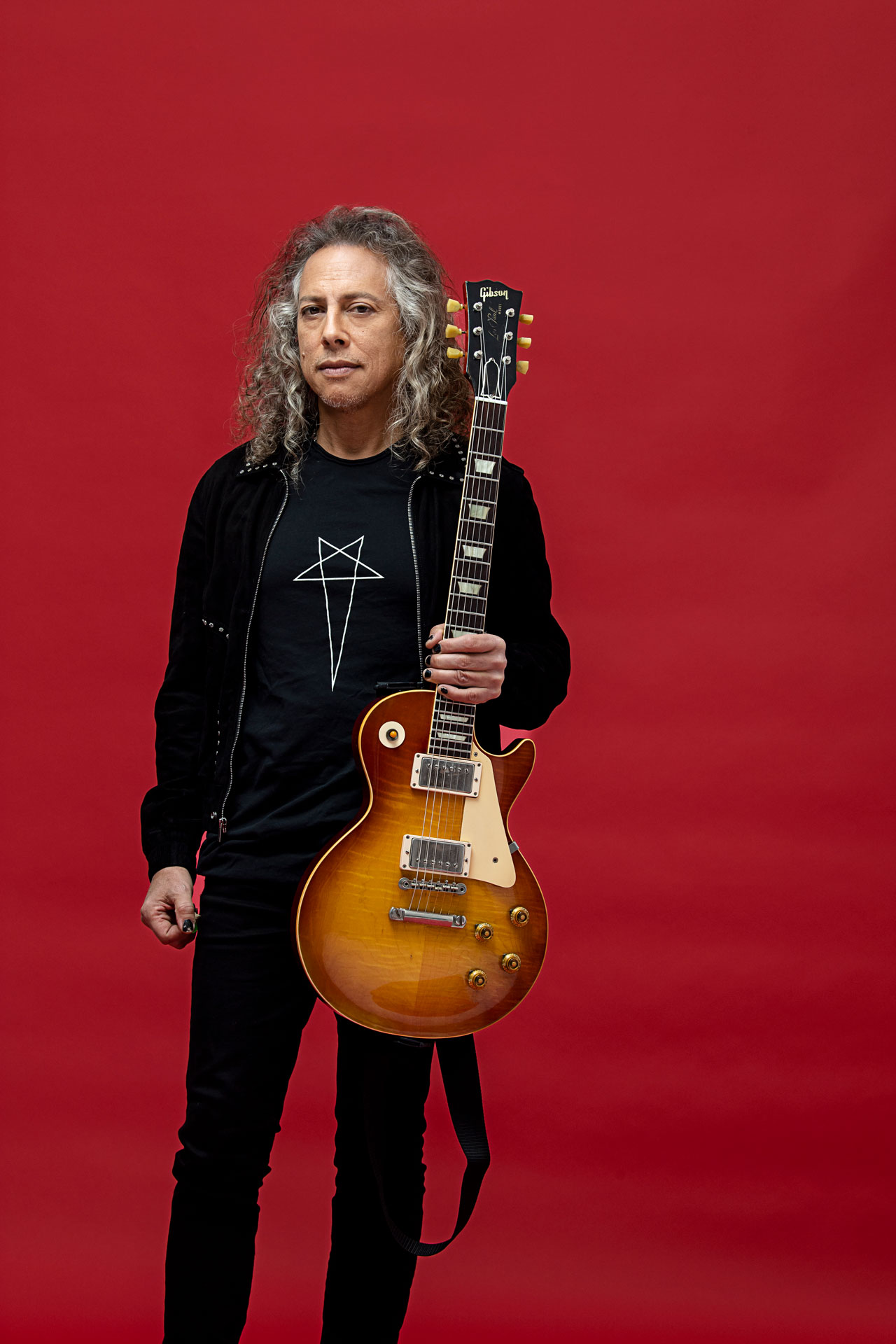
According to Hammett, though, the name tag has more to do with its tonal qualities than its blinding top.
“It’s got that punch that gives it a brightness and clarity that just cuts through,” Hammett tells Guitar World. “It’s especially great for harmonic distortion. So that’s where the name came from. Sunny. It’s just so bright and energetic.”
Hammett is famed among guitar players for his custodianship of another iconic ’Burst – his 1959 Les Paul ‘Greeny’ (dubbed in honor of previous owner Peter Green).
That instrument is perhaps the world’s most famous example of a ’Burst, so we can’t resist asking how ‘Sunny’ stacks up next to it.
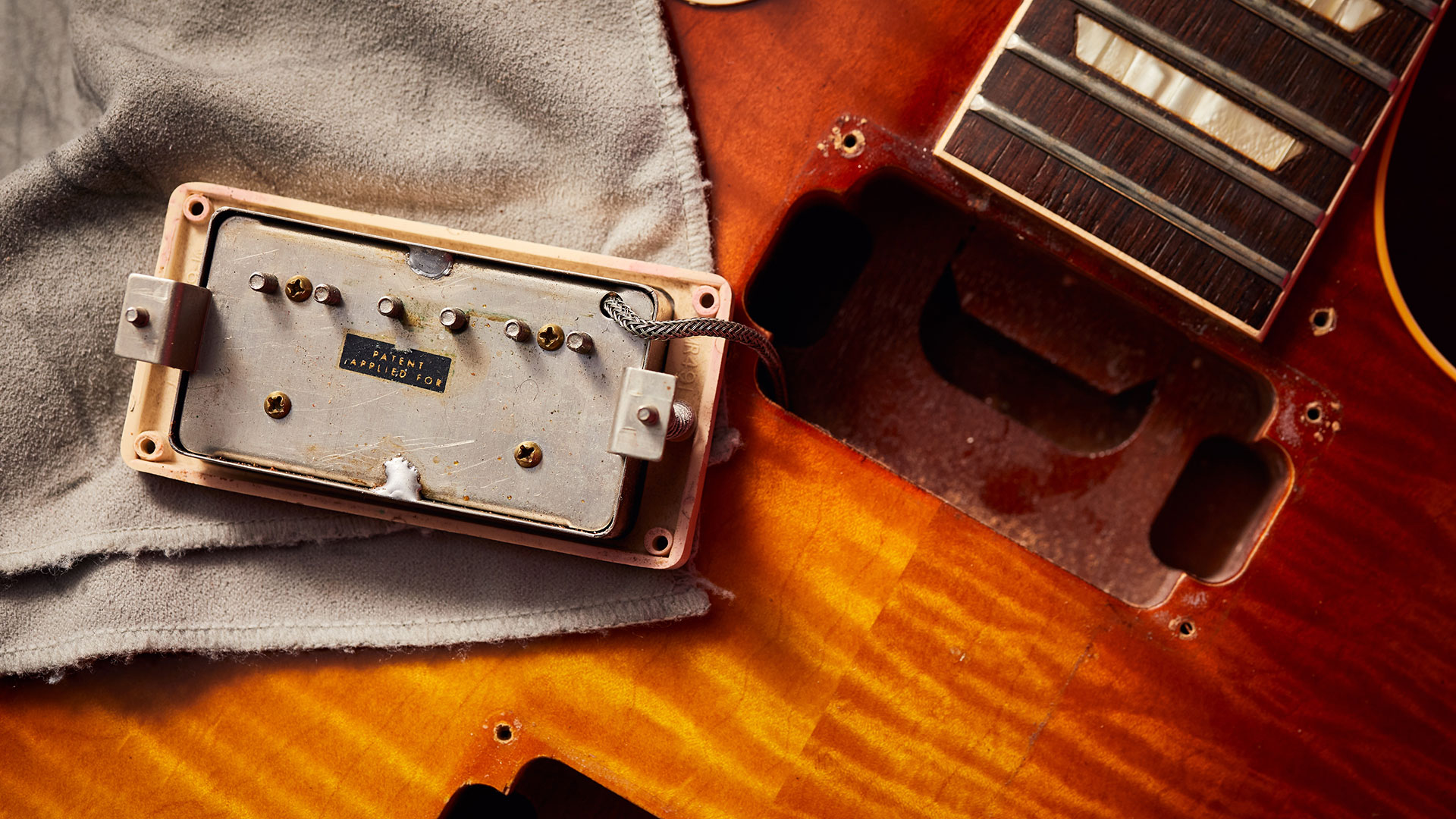
“Sunny has a slightly thinner neck and a lighter weight than Greeny, but that doesn’t take away from its punch at all,” says Hammett.
“But if Greeny was broccoli, then Sunny is mango. You can’t really compare them in those terms because they both have such different characteristics.
They are two different forces, those guitars. They’re like the north wind and the south wind
Kirk Hammett
“Greeny is known for so many aspects of its sound and history, while Sunny has a lot of character on its own that’s unique to that guitar. They are two different forces, those guitars. They’re like the north wind and the south wind.”
Agnesi also reveals that Hammett has filmed an episode featuring ‘Sunny’ for Gibson TV’s The Collection – which is, admittedly, a canny bit of marketing, but also a chance for the rest of us to see and hear it in action.
Hammett adds that the guitar saw considerable use in preparation for Metallica’s recent album, 72 Seasons, suggesting it’s not a ‘display only’ instrument.
“All through the demos I used Greeny,” says Hammett. “But if we needed a second guitar track that wasn’t Greeny for the rhythms, or if I needed a different type of solo to cut through, I’d use Sunny.”
Dig through the impeccable spec and there are more curios to note. For instance, as we wrote upon Sunny’s initial Certified Vintage listing, the inside of the control cavity has been signed by the guitar’s other namesake, Les Paul.
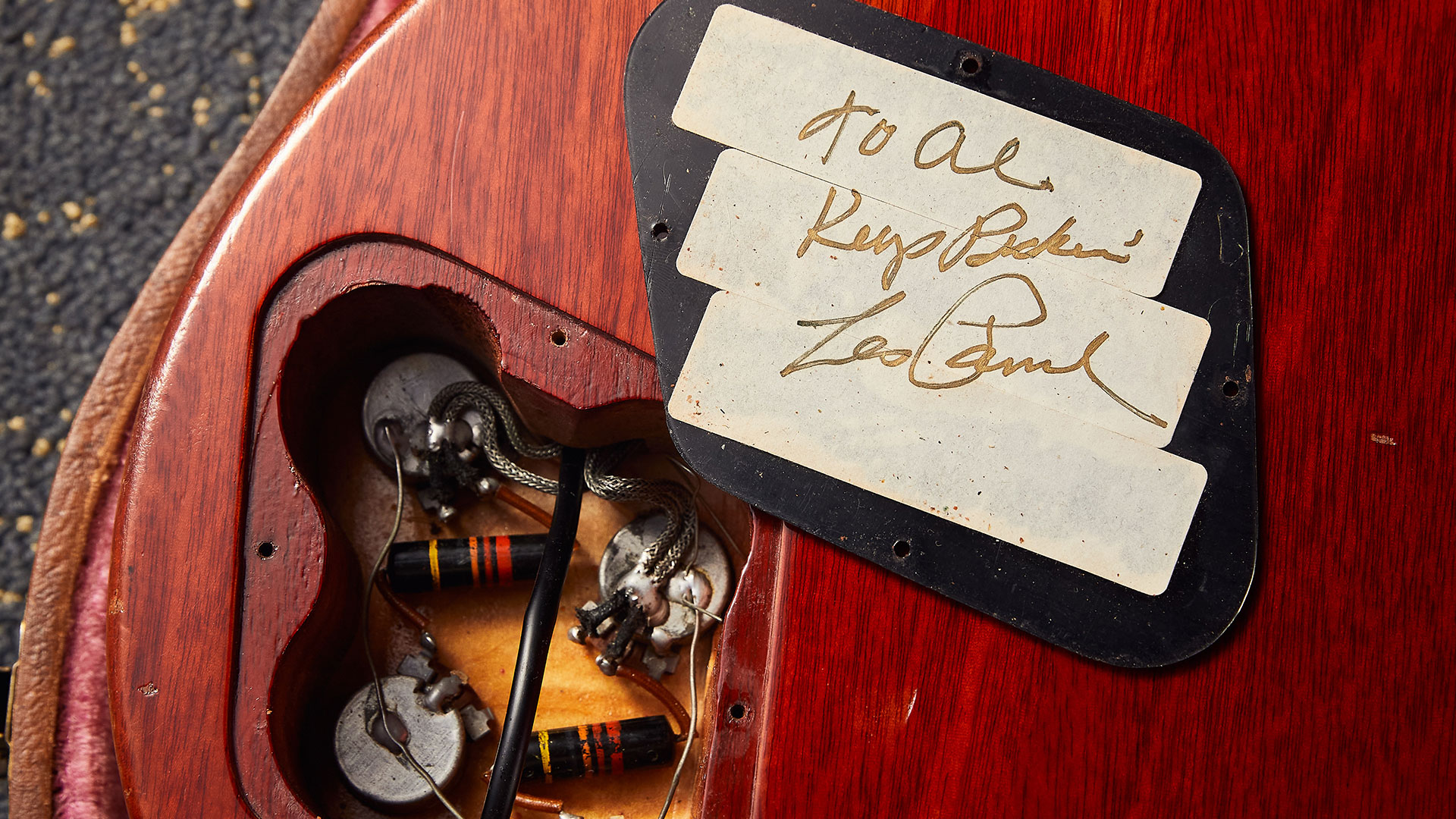
Then there’s the case candy, which has seen Gibson go all-out. Agnesi tells us the buyer will receive a lifetime warranty, a “one-of-one” coffee table book about the guitar, plus a second Made 2 Measure Gibson Custom Shop guitar, produced to their personal specifications.
“Whether you want to make a replica of Sunny for playing your jam night,” points out Agnesi, “or if you want to do something completely different with that Made 2 Measure, that's included in the price.”
Ultimately, though, at this level of guitar trading, a personal Custom Shop build is a comparative trinket. Focusing on it misses the point, which is that this guitar is essentially unobtainium.
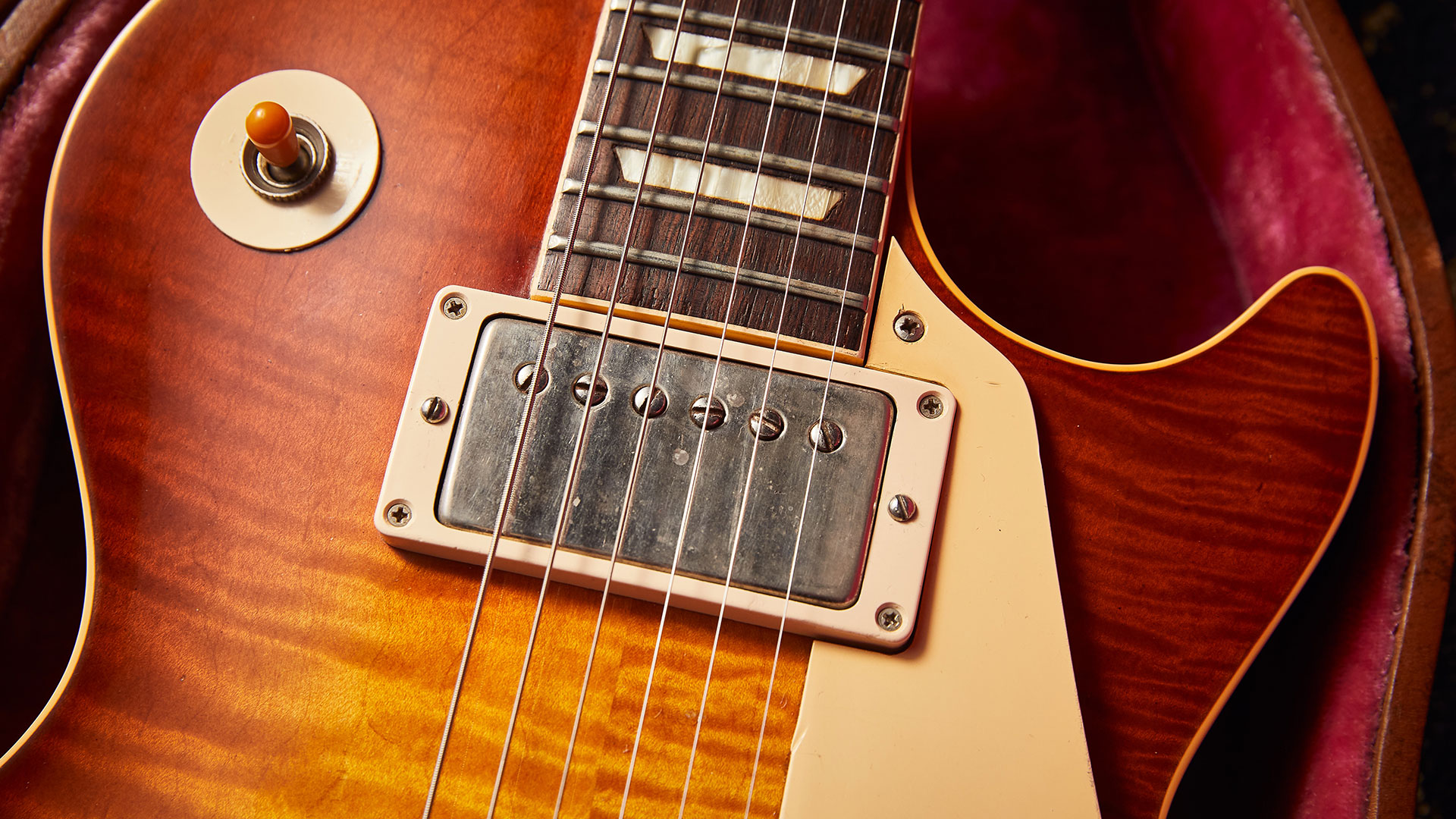
“It's a really, really clean, really huge flame top with-a-lot-of-color-left 1960 Les Paul that featured in The Beauty of the ’Burst,” summarizes Agnesi, in awe.
Most of the guitars that are in The Beauty of the Burst never see public sale. They're traded, normally very quietly, amongst that group of collectors
Mark Agnesi, Gibson
“I mean that alone… Most of the guitars that are in that book never see public sale. They're traded, normally very quietly, amongst that group of collectors that are known for owning those.
“Most of the time, the public never gets a chance to even know that one of those is for sale, let alone have the chance to buy a guitar that's in that book… so, from a collector standpoint alone, that guitar ticks every single box of what you would want in a big dollar bluechip, sunburst Les Paul.”
We are not here to do Gibson’s marketing for them, but weighing all this up and the fact that the 1,700 or so ’Bursts in circulation go for uniformly crazy money – often regardless of playability and condition – then that half-million benchmark starts to feel almost reasonable.
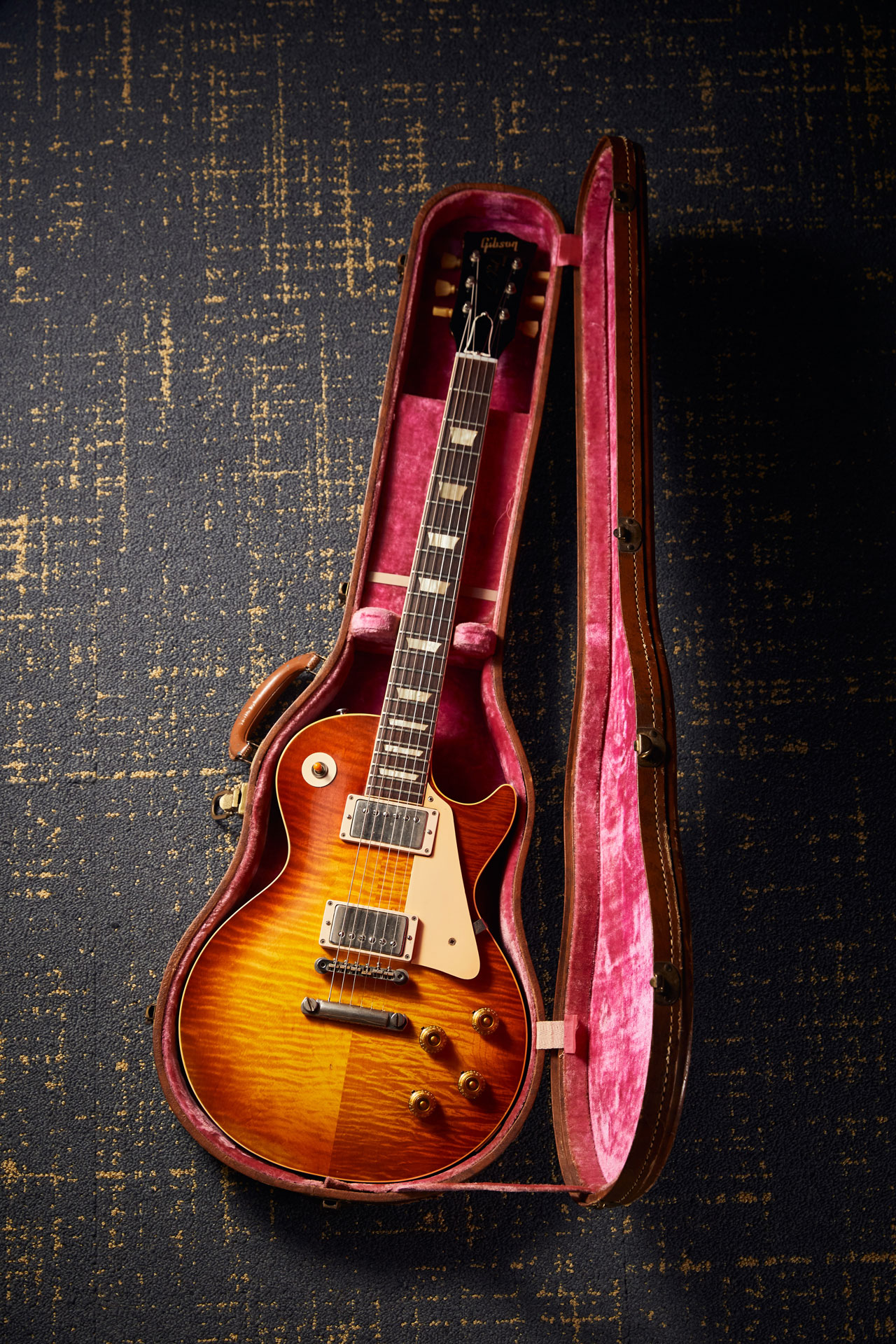
Indeed, there’s another 1960 ’Burst currently on the market via UK dealer ATB for around $369,000 and, while that’s a clearly still a very special instrument, it lacks both the fame and the flame of Sunny.
“Anyone who wants to make a serious offer is welcome to make serious offers,” adds Agnesi, when we raise the price tag.
“Just like with any of the Certified Vintage guitars, just like if you walk into any vintage guitar store – offers are acceptable, you know?”
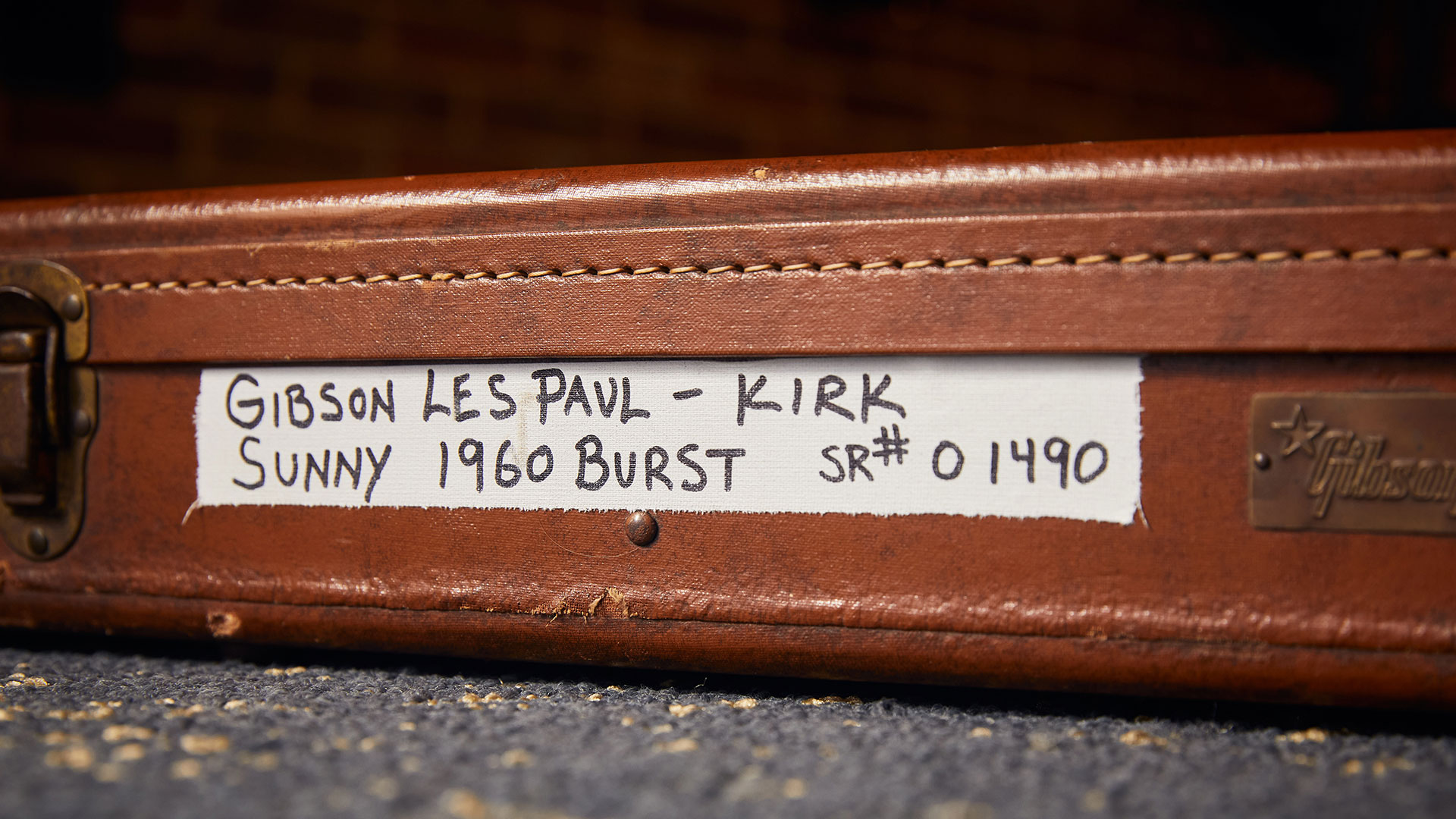
Guitar World has had a whip around the office but we’re still about $499,990 short on that asking price, so will gracefully bow out on this one. At some point, though, Sunny will go to a new home and likely disappear from public view in the process.
Agnesi maintains ’Burst buyers are playing them every single day, so let’s hope Sunny doesn’t end up under glass. Fortunately, it seems, we’re not alone in that thought, either.
“Play it a lot!” is Hammett’s advice to the next owner. “You will not be disappointed. It’s one of the finest Gibson Les Pauls I’ve ever owned and played. One hell of a guitar.”
If you're interested in purchasing Sunny, head to Gibson Certified Vintage , or call the Gibson Garage Nashville: 615-933-6000.
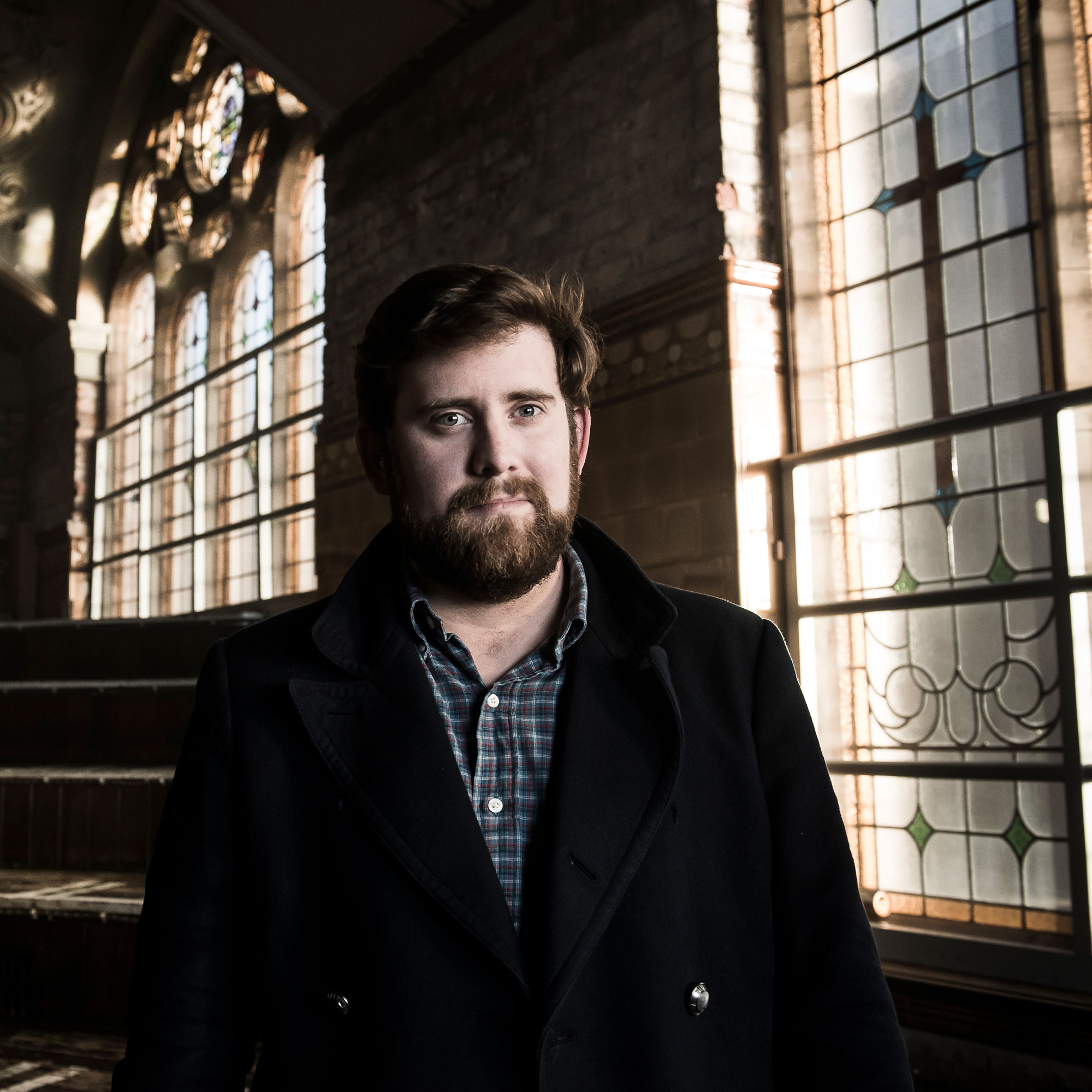
Matt is Deputy Editor for GuitarWorld.com. Before that he spent 10 years as a freelance music journalist, interviewing artists for the likes of Total Guitar, Guitarist, Guitar World, MusicRadar, NME.com, DJ Mag and Electronic Sound. In 2020, he launched CreativeMoney.co.uk, which aims to share the ideas that make creative lifestyles more sustainable. He plays guitar, but should not be allowed near your delay pedals.
“What blew me away was that everyone wanted the curly maple top. People were calling, saying, ‘I’ve got to have the bird inlays’”: Paul Reed Smith on raising the Standard 24, finally cracking the noise-free guitar and why John Sykes is a tone hero
“It combines unique aesthetics with modern playability and impressive tone, creating a Firebird unlike any I’ve had the pleasure of playing before”: Gibson Firebird Platypus review




![[from left] George Harrison with his Gretsch Country Gentleman, Norman Harris of Norman's Rare Guitars holds a gold-top Les Paul, John Fogerty with his legendary 1969 Rickenbacker](https://cdn.mos.cms.futurecdn.net/TuH3nuhn9etqjdn5sy4ntW.jpg)





